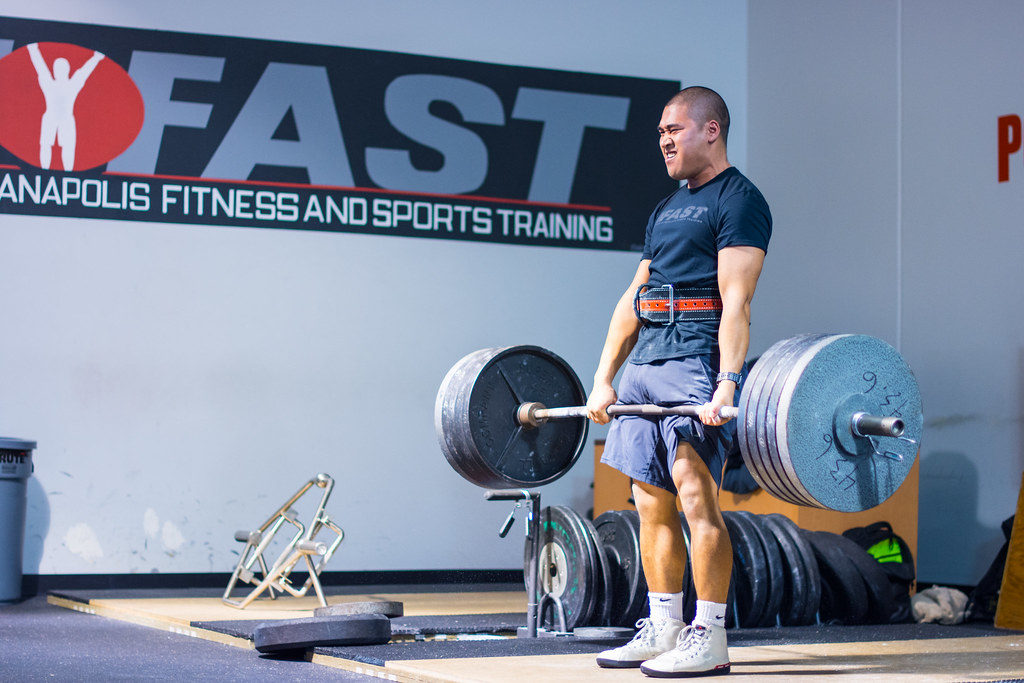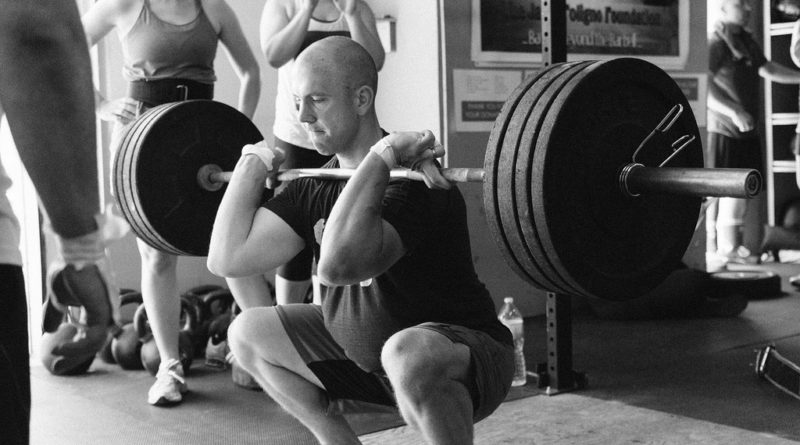Strength Training For BJJ: The Best of Both Worlds
Part of the allure of “the gentle art” is that a smaller, weaker person can use superior technique to defeat a larger and stronger opponent. Helio Gracie is the original figurehead for BJJ, despite being the frail sibling of his brother Carlos, because he utilized technique over strength. However, modern jiu jitsu is ultimately a sport; and in sports, the superior athlete will have an edge over an equally skilled opponent. Nick Rodriguez’s rise to the top of sport jiu jitsu in just a few years is the ultimate example of how important strength training for BJJ really is and how much of an impact it can make.
Now, I’m not going to break any weight lifting records with the numbers I put up in the gym. But, my work in the weight room allows me to survive against and even submit people who are much better grapplers than myself. So, how does someone with a full-time job who trains BJJ four days a week manage to put up respectable power lifting numbers in the gym by only lifting two days a week? The answer is utilizing progressive overload on compound lifts over long periods of time.

What is progressive overload?
Progressive overload is the principle of forcing the muscle to adapt to stress by adding weight incrementally. I utilize a six week lifting block. Weeks 1 and 4 I lift 75% of my one rep maximum (1RM) on any given lift. Weeks 2 and 5 are 80%, and on weeks 3 and 6 I lower the reps and lift 90% of my 1RM. This allows the muscles to adapt and grow to the added stress of their environment. After a 6 week block, I retest my 1RM and recalculate my numbers for the next one. If you were training to run a marathon, you wouldn’t run marathons five days a week leading up to the race. Similarly, you don’t want to max out your lifts every week. Instead, give your body time to adjust and grow.
What My Strength Training For BJJ Looks Like
Weeks 1 and 4 – Bench/Squat/Weighted Pull-Ups 3 sets of 5 at 75% 1RM Deadlift 1 set of 5 at 75% 1 RM (deadlifts are too heavy and exhausting on the body to do more than 1 working set each session)
Weeks 2 and 5 – Bench/Squat/Weighted Pull-Ups 3 sets of 5 at 80% 1RM Deadlift 1 set of 5 at 80% 1RM
Weeks 3 and 6 – Bench/Squat/Weighted Pull-Ups 3 sets of 3 at 90% 1RM Deadlift 1 set of 3 at 90% 1RM (I lower the reps on these weeks to accommodate the higher weight)
After week six, I test my new 1RM and calculate my new numbers for the next block.
Measuring Your Progress
Obviously, lifting twice a week is not going to get you incredible results. But, I have seen slow strength gains over time utilizing this program. There’s no better compliment than hearing “you’re so strong,” after tapping someone with an americana from side control. The thing is, being strong is a choice, and the choice to start strength training for bjj is one everyone should make.
To find out about how human biomechanics plays into BJJ, click here.
Or, to find out about how testosterone could be effecting your game, click here.

